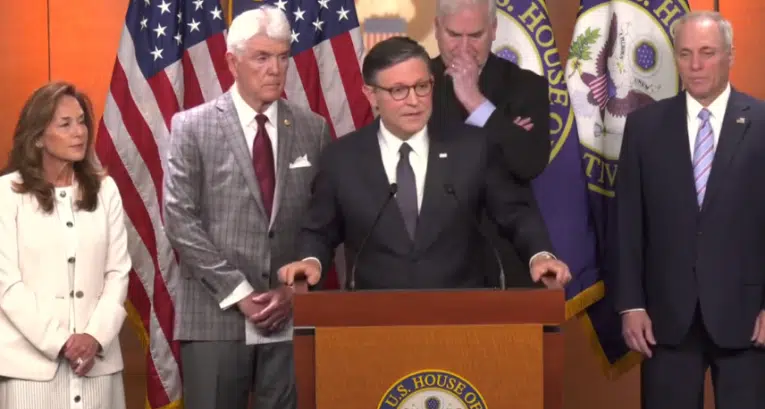By Howard Rich –
In a column published last week in The New York Times, Princeton economics professor Paul Krugman condemns recent attempts to inject some common sense into what has become an epidemic of mindless government growth in America and around the world.
With the global economy teetering on the brink of another slowdown (due to excessive government borrowing associated with Europe’s failed welfare state), Krugman and other Keynesians — including U.S. President Barack Obama — are now lobbying aggressively for additional government “stimulus” spending at home and abroad.
They say they want to protect a “fragile recovery,” but Americans know better. With no new jobs, deteriorating consumer confidence and unexpectedly low retail reports putting a dent in the markets and on Main Street, the truth is there is no recovery — there is only an attempt to justify more government growth.
Specifically Krugman blasted several world leaders (although obviously not the leader of the “free world”) for what he called “preaching the need for belt-tightening when the real problem is inadequate spending.”
And no, that’s not a typo. He actually said “inadequate spending.”
According to these “New Keynesians,” the unsustainable government growth that preceded the most recent economic downturn apparently wasn’t enough. Nor was the unprecedented barrage of bailouts, taxpayer-funded guarantees, freshly-printed greenbacks and deficit spending that Washington threw at the problem over the last two years. And let’s not forget what has been heaped on top of all that “stimulus” spending — a $2.5 trillion socialized medicine plan that represents one of the largest expansions of entitlement spending in American history.
Amazingly, despite the clear failure of the “stimulus” — and despite the fact that excess entitlement spending is what has driven the eurozone to its present precariousness — the rallying cry of these big government backers appears to be “we have only just begun to spend.”
Let’s examine the efficacy of that mantra for a moment, shall we?
Even prior to the onset of the “Great Recession” in December 2007, government at all levels in the United States was growing by leaps and bounds. For example, state and local spending soared from $1.74 trillion in 2000 to $2.66 trillion in 2007. Even after adjusting for inflation, that’s a 23.7 percent increase. Similarly, federal spending jumped from $1.79 trillion in 2000 to $2.73 trillion in 2007 — a roughly identical 23.5 percent increase after again adjusting for inflation.
Obviously, this upward trend was placed on steroids when the downturn began. For starters more than $13 trillion has been spent, lent, printed or pledged on “recovery” efforts alone over the last two-and-a-half years. Also, Washington’s two most recent federal budgets have added more than $3 trillion in deficit spending to our skyrocketing national debt, with trillions of dollars in additional red ink projected over the coming decade.
Accordingly, when we add post-2007 spending to the total tab for the decade, the government growth rate has more than doubled — to 52.4 percent.
By comparison, total government spending in the 1990s grew at a much slower rate — by approximately 17.4 percent — which enabled more economic activity and the creation of more wealth up and down the socio-economic ladder. In fact, per capita personal income during the 1990s grew by 23.6 percent, adjusted for inflation. By comparison, per capita personal income during the first decade of the new millennium has grown by only 4.6 percent — a sad testament to the failure of the Keynesian philosophy that Washington continues pursuing with reckless abandon.
This is not rocket science, it is common sense. The more government grows, the more the economy suffocates. Conversely, the more government contracts, the freer we will be as a nation to prosper.
The author is chairman of Americans for Limited Government.






